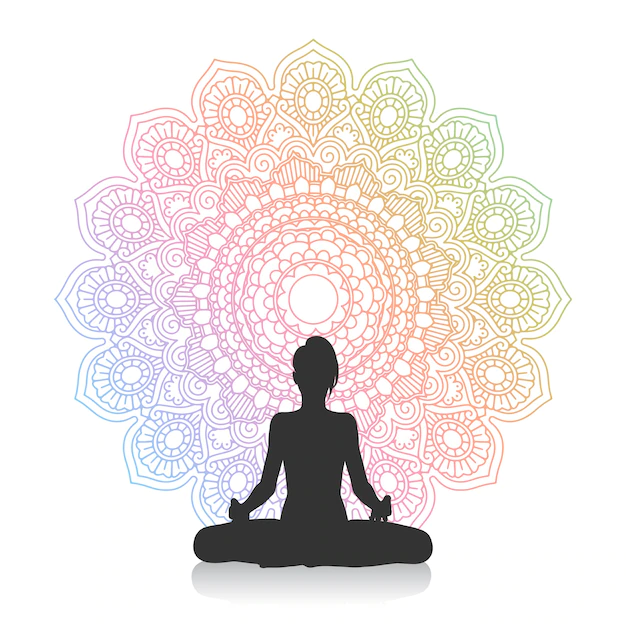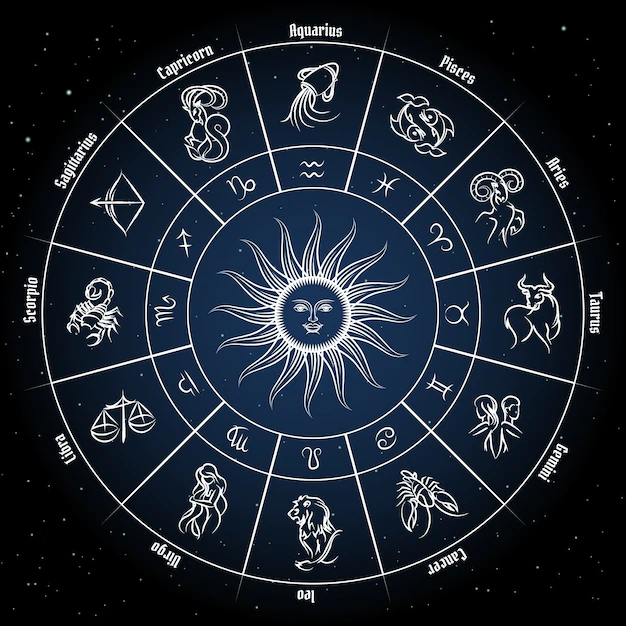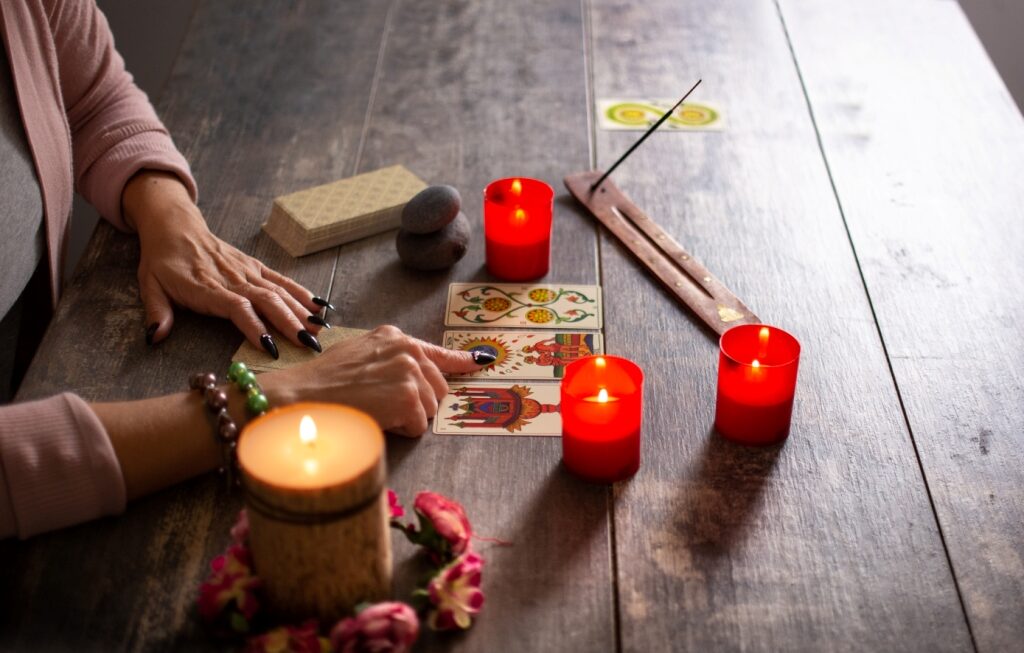In Sanskrit, the word “chakra” means “disk” or “wheel” and refers to the energy centers in our body. These wheels or disks of spinning energy each correspond to certain nerve bundles and major organs.
To function at their best, our chakras need to stay open, or balanced. Its due to their imbalance that we experience physical or emotional symptoms related to that particular chakra. It is said we have 114 different chakras in our body, however most often referred to are the seven main ones.
Do not worry if you feel that your chakras are not balanced. The easiest way to balance them is by meditating, practicing yoga and spending time with the nature.
Root chakra
The root chakra, or Muladhara, is located at the base of our spine. It provides us with a base or foundation for life and it helps us feel grounded and able to withstand challenges. The root chakra is responsible for our sense of security and stability.
Physical imbalances in the root chakra include problems in the legs, feet, rectum, tailbone, immune system, male reproductive parts and prostate gland. Those with imbalances here are also likely to experience issues of degenerative arthritis, knee pain, sciatica, eating disorders, and constipation.
Emotional imbalances include feelings affecting our basic survival needs: money, shelter and food; ability to provide for life’s necessities.
Sacral chakra
The sacral chakra, or Svadhisthana, is located just below our belly button. This chakra is responsible for our sexual and creative energy. It’s also linked to how we relate to our emotions as well as the emotions of others.
Physical imbalances include sexual and reproductive issues, urinary problems, kidney dysfunctions, hip, pelvic and low back pain.
Emotional imbalances include our commitment to relationships. Our ability to express our emotions. Our ability to have fun, play based on desires, creativity, pleasure, sexuality. Fears of impotence, betrayal, addictions.
Solar plexus chakra
The solar plexus chakra, or Manipura, is located in our stomach area. It’s responsible for confidence and self-esteem, as well as helps us to have control of over our life.
Physical imbalances include digestive problems, liver dysfunction, chronic fatigue, high blood pressure, diabetes, stomach ulcers, pancreas and gallbladder issues, colon diseases.
Emotional imbalances include issues of personal power and self-esteem, our inner critic comes out. Fears of rejection, criticism, physical appearance.
Heart chakra
The heart chakra, or Anahata, is located near our heart, in the centre of our chest. It comes as no surprise that the heart chakra is all about our ability to love and show compassion.
Physical imbalances include asthma, heart disease, lung disease, issues with breasts, lymphatic systems, upper back and shoulder problems, arm and wrist pain.
Emotional imbalances include issues of the heart; over-loving to the point of suffocation, jealousy, abandonment, anger, bitterness. Fear of loneliness.
Throat chakra
The throat chakra, or Vishuddha, is located in your throat. This chakra has to do with our ability to communicate verbally.
Physical imbalances include thyroid issues, sore throats, laryngitis, TMJ, ear infections, ulcers, any facial problems (chin, cheek, lips, tongue problems), neck and shoulder pain.
Emotional imbalances include issues of self-expression through communication, both spoken or written. Fear of no power or choice. No willpower or being out of control.

Third eye chakra
The third eye chakra, or Ajna, is located between our eyes. We surely can thank this chakra for a strong gut instinct. That’s because the third eye is responsible for intuition. It’s also linked to imagination.
Physical imbalances include headaches, blurred vision, sinus issues, eyestrain, seizures, hearing loss, hormone function.
Emotional imbalances include issues with moodiness, volatility, and self-reflection; An inability to look at ones own fears, and to learn from others. Day-dream often and live in a world with exaggerated imagination.
Crown chakra
The crown chakra, or Sahasrara, is located at the top of our head. Our Sahasrara represents our spiritual connection to ourself, others, and the universe. It also plays a role in understanding and recognising our life’s purpose.
Physical imbalance include depression, inability to learn, sensitivity to light, sound, environment.
Emotional imbalances include issues with self-knowledge and greater power. Imbalances arise from rigid thoughts on religion and spirituality, constant confusion, carry prejudices, “analysis paralysis.” Fear of alienation.
Written by Pruthaa S Benara
In Sanskrit, the word “chakra” means “disk” or “wheel” and refers to the energy centers in our body. These wheels or disks of spinning energy each correspond to certain nerve bundles and major organs.
To function at their best, our chakras need to stay open, or balanced. Its due to their imbalance that we experience physical or emotional symptoms related to that particular chakra. It is said we have 114 different chakras in our body, however most often referred to are the seven main ones.
Do not worry if you feel that your chakras are not balanced. The easiest way to balance them is by meditating, practicing yoga and spending time with the nature.
Root chakra
The root chakra, or Muladhara, is located at the base of our spine. It provides us with a base or foundation for life and it helps us feel grounded and able to withstand challenges. The root chakra is responsible for our sense of security and stability.
Physical imbalances in the root chakra include problems in the legs, feet, rectum, tailbone, immune system, male reproductive parts and prostate gland. Those with imbalances here are also likely to experience issues of degenerative arthritis, knee pain, sciatica, eating disorders, and constipation.
Emotional imbalances include feelings affecting our basic survival needs: money, shelter and food; ability to provide for life’s necessities.
Sacral chakra
The sacral chakra, or Svadhisthana, is located just below our belly button. This chakra is responsible for our sexual and creative energy. It’s also linked to how we relate to our emotions as well as the emotions of others.
Physical imbalances include sexual and reproductive issues, urinary problems, kidney dysfunctions, hip, pelvic and low back pain.
Emotional imbalances include our commitment to relationships. Our ability to express our emotions. Our ability to have fun, play based on desires, creativity, pleasure, sexuality. Fears of impotence, betrayal, addictions.
Solar plexus chakra
The solar plexus chakra, or Manipura, is located in our stomach area. It’s responsible for confidence and self-esteem, as well as helps us to have control of over our life.
Physical imbalances include digestive problems, liver dysfunction, chronic fatigue, high blood pressure, diabetes, stomach ulcers, pancreas and gallbladder issues, colon diseases.
Emotional imbalances include issues of personal power and self-esteem, our inner critic comes out. Fears of rejection, criticism, physical appearance.
Heart chakra
The heart chakra, or Anahata, is located near our heart, in the centre of our chest. It comes as no surprise that the heart chakra is all about our ability to love and show compassion.
Physical imbalances include asthma, heart disease, lung disease, issues with breasts, lymphatic systems, upper back and shoulder problems, arm and wrist pain.
Emotional imbalances include issues of the heart; over-loving to the point of suffocation, jealousy, abandonment, anger, bitterness. Fear of loneliness.
Throat chakra
The throat chakra, or Vishuddha, is located in your throat. This chakra has to do with our ability to communicate verbally.
Physical imbalances include thyroid issues, sore throats, laryngitis, TMJ, ear infections, ulcers, any facial problems (chin, cheek, lips, tongue problems), neck and shoulder pain.
Emotional imbalances include issues of self-expression through communication, both spoken or written. Fear of no power or choice. No willpower or being out of control.
Third eye chakra
The third eye chakra, or Ajna, is located between our eyes. We surely can thank this chakra for a strong gut instinct. That’s because the third eye is responsible for intuition. It’s also linked to imagination.
Physical imbalances include headaches, blurred vision, sinus issues, eyestrain, seizures, hearing loss, hormone function.
Emotional imbalances include issues with moodiness, volatility, and self-reflection; An inability to look at ones own fears, and to learn from others. Day-dream often and live in a world with exaggerated imagination.
Crown chakra
The crown chakra, or Sahasrara, is located at the top of our head. Our Sahasrara represents our spiritual connection to ourself, others, and the universe. It also plays a role in understanding and recognising our life’s purpose.
Physical imbalance include depression, inability to learn, sensitivity to light, sound, environment.
Emotional imbalances include issues with self-knowledge and greater power. Imbalances arise from rigid thoughts on religion and spirituality, constant confusion, carry prejudices, “analysis paralysis.” Fear of alienation.
Written by Pruthaa S Benara

Author’s bio
: Pruthaa S Benara is from Gurugram , Haryana She is a certified numerologist and vedic – numerologist ( astro numeric ) and have great passion in occult industry. She also take personalised readings of individuals which includes yearly predictions , name analysis , compatibility of numbers , result oriented remedies and provide charts .She can be reached on her email id: pruthabenara99@gmail.com




